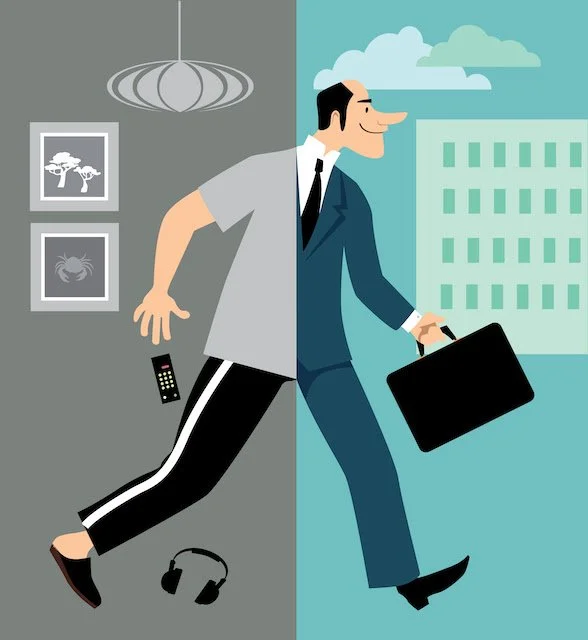Leading them back to the office
I hope my play on words has worked here. I'm talking about the leadership required when you reassemble your team, in whole or in part, back to the office. I have the good fortune to 'see under the hood' of a lot of businesses and I've discovered some leadership challenges in this area. I'll get right to it.
The decision to reassemble itself is a core challenge. Why would a business need to reassemble its people? Reassembling for the sake of reassembling is inadequate. Better reasons would be:
To capture back some lost efficiency when people dispersed.
To leverage social interaction and interpersonal relationships so important to leadership and business health.
To foster more organic interactions as opposed to the rigid scheduled video call world we lived in under COVID.
The decision to reassemble requires more than a few moments of thought. Under a work from home period, things have changed. People have become used to their home routines. Family schedules may have been altered for the better. Efficiencies may have been gained after the commute to work was removed. Here are some challenges to consider when deciding to reassemble, even if it has already occurred.
Introductions. Many verticals or departments have been operating in silos via Zoom or Microsoft Teams. Once back at the office they find others wearing the team jersey whom they've never met. Leaders ought to invest time in introductions and team building events to foster trust and cohesion.
Back at work but still wearing a mic and a headset. I've heard of this in a few cases and it begs the question, "why have I come back to the office if I'm still on video calls?" I've found this mostly in businesses where part of the workforce remains at home and it needs to be addressed.
Leaders should consider all of the positive and negative impacts of reassembling the team, communicate them and lead their people appropriately. Here are my thoughts to inform your own.
While work from home may have catered to the needs of individuals, the organization benefits best through social interaction - serendipitous interactions in the workplace where trust is formed and creativity thrives.
There must be a good reason to split the force - some at home, some at work. Office space is a decent reason but not sufficient enough. Leaders must analyze this, poll their people to see if there is a sense of unfairness and resentment, then lead.
In cases where select days of the week are 'return to the office,' leaders ought to adjust schedules and communication standards. For instance, no chat rooms, video calls, or email. Force people to interact and harness the power of interpersonal interaction. Don't get draconian here. Apply this approach logically.
There are more things to consider and each of them begs further analysis and application befitting the needs of a company and its people. Reassembly ought to be deliberate and not boiled down to a simple directive, "come back to the office."
Don't just bring them back. Lead them back.
Make it Personal!
Rob
Rob Campbell

